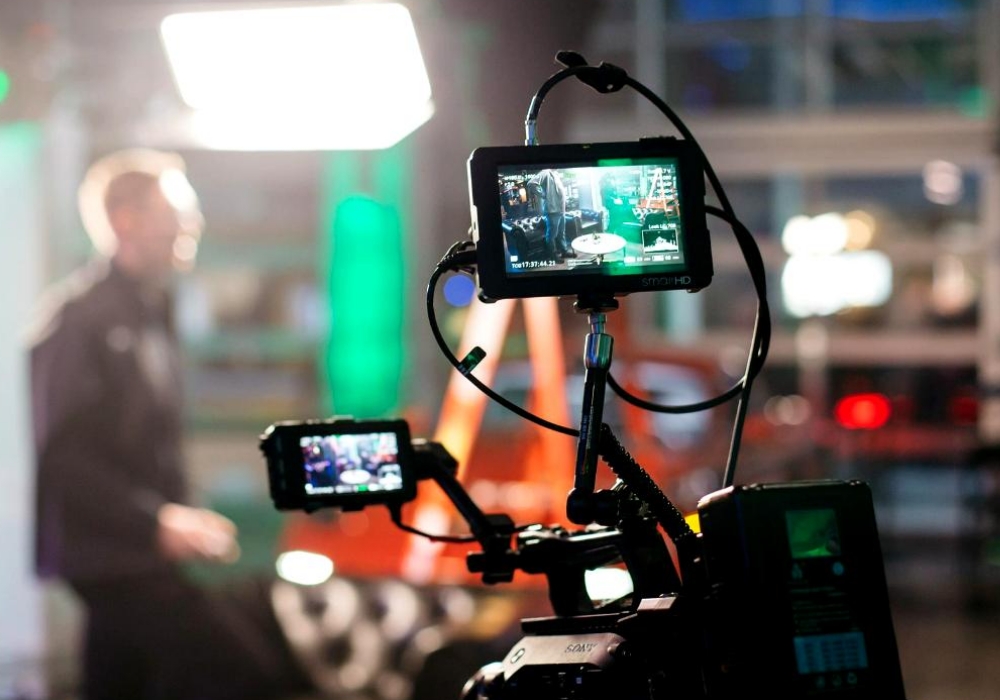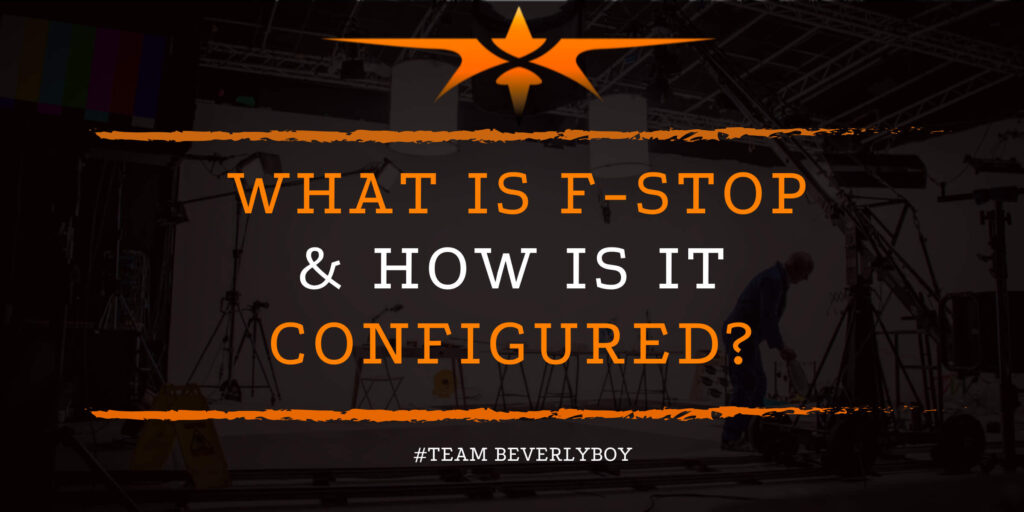What is F-Stop & How is it Configured?
Understanding the light sensitivity of your camera or lens is important in cinematography. The aperture or F-stop is measured through the hole in your lens from which light passes through to the camera sensor. But what is f-stop and how is it configured?

Understanding F-Stops
You’ve undoubtedly seen the term f-stop or the measurement of an F-stop in your beginning filmmaking career. F-stops are commonly referenced when cameras or lenses are described.
You may have seen aperture described as an f/2.8 or f/2.5? But what is F-Stop and what does it mean?
The amount of light that enters a lens is controlled by the aperture of the camera. The camera aperture is controlled by an f-stop.
As you learn how to use various lenses and to maximize your understanding of your DSLR camera, you’ll learn more and more about the importance of f-stops and how they work.
The letter “F” in F-stops stands for “focal length” as in focal length of the lens. Thus, F-stop is the description of the aperture of the lens on a particular view. Various lenses produce different apertures in terms of size and diameter. Expressing the size of the aperture is done using an f-stop.
Are F-Stops Uniform?
NO! F-stops are not a uniform measurement that is the same across all different types of cameras, lenses and cinematography equipment. Some of the most common F-stops found on major brands such as Canon and Nikon cameras include:
- f/1.4 which is a large aperture and will allow a lot of light through the lens.
- f/2.0 which will allow half the light that an f/1.4 will allow.
- f/2.8 which will allow half the light that an f/2.0 will allow.
- f/32.0 which is the smallest standard aperture and will let very, very little light in.
Many other f-stops in between are also representative in relation to the various lenses used throughout cinematography.
Are F-Stops Used in Film?
When you ask, “What is F-Stop?” The real concern is how it impacts the footage in filmmaking. The value of the f-stop describes the amount of light that will enter the camera.
However, f-stops are less likely to be used in filmmaking because a more accurate measurement is required to accommodate filmmakers. Instead of using f-stops, filmmakers generally refer to t-stops instead.


